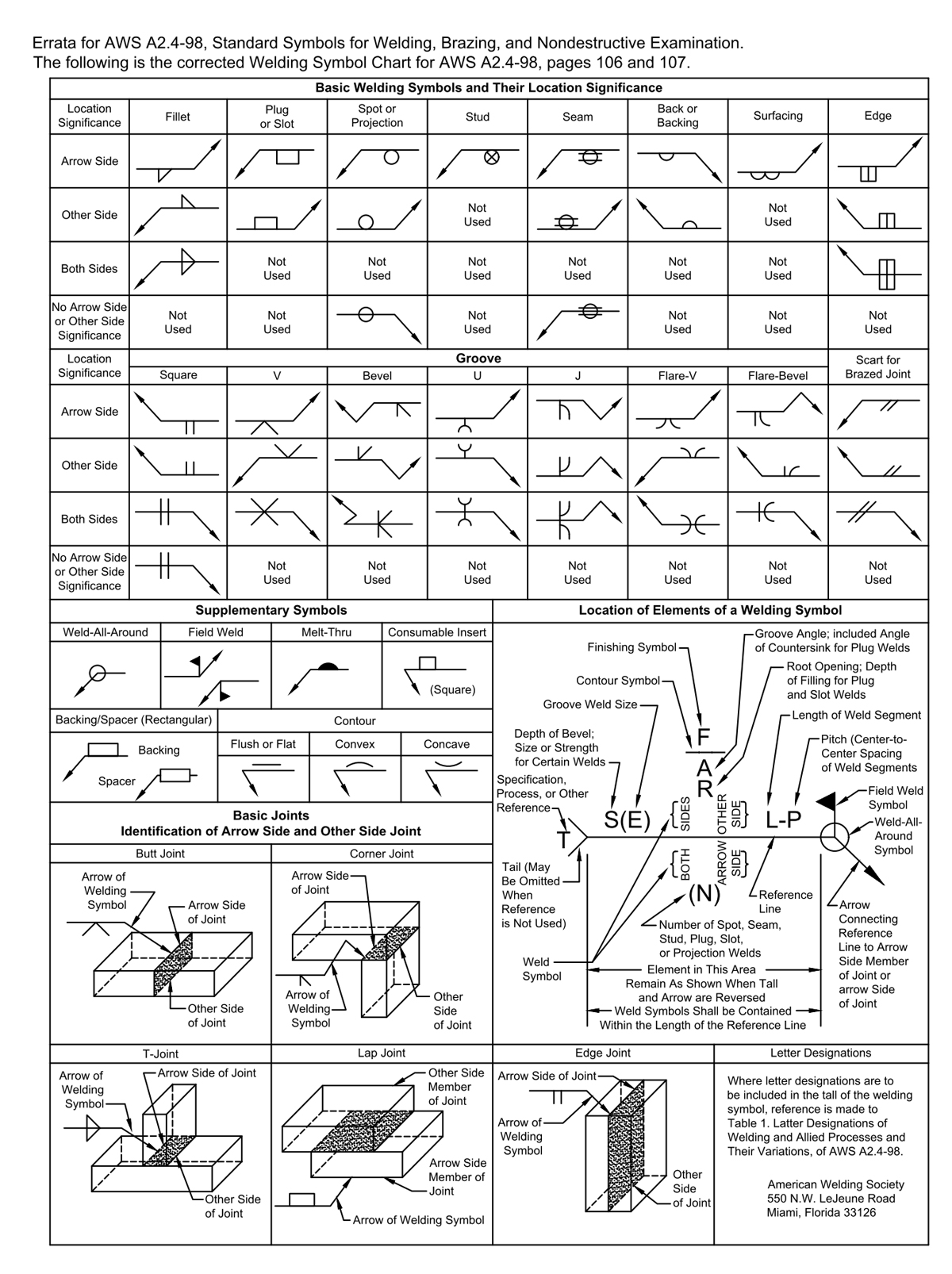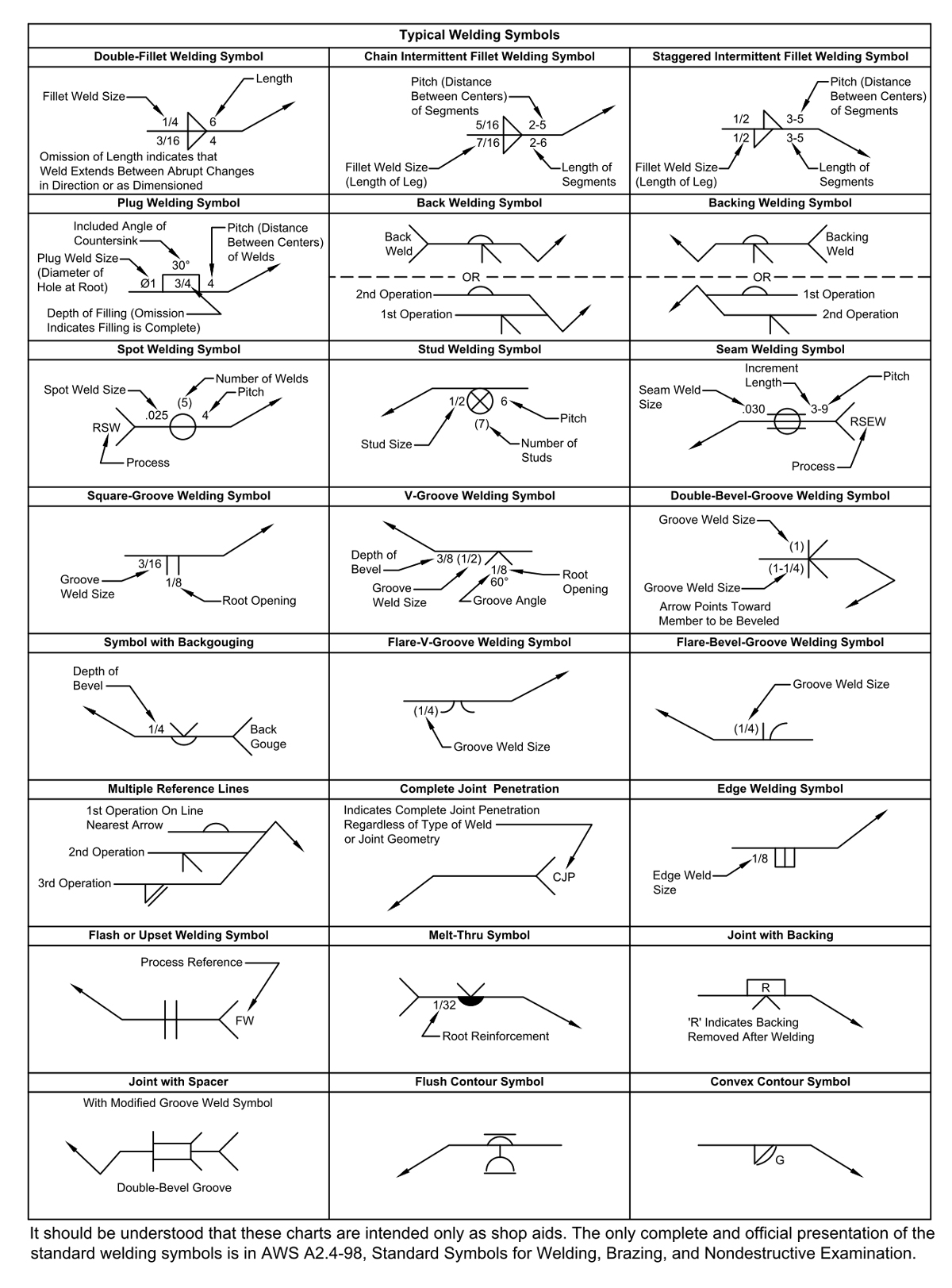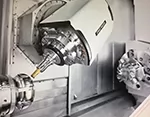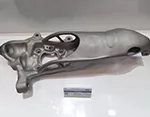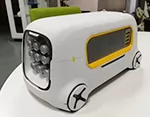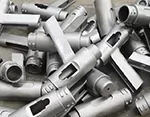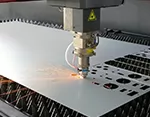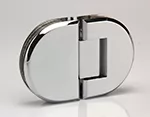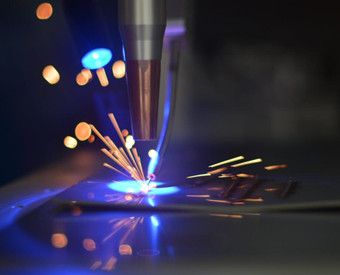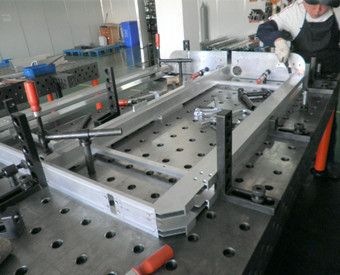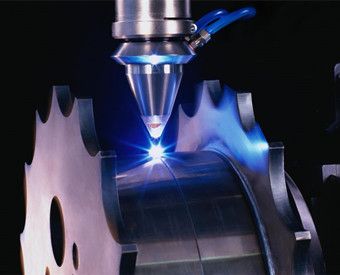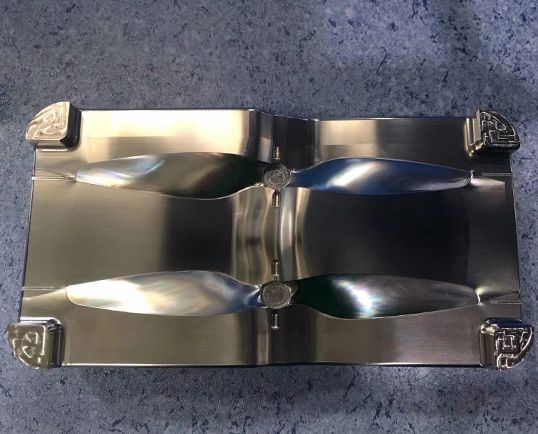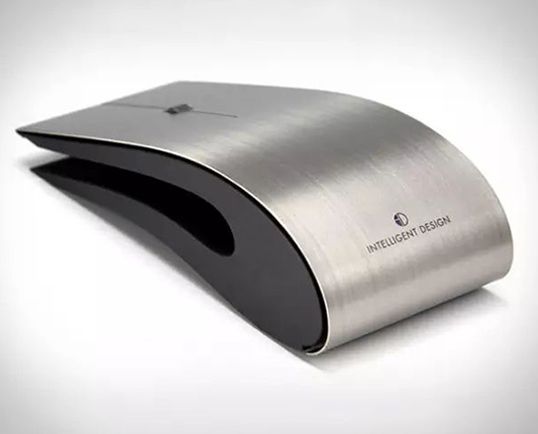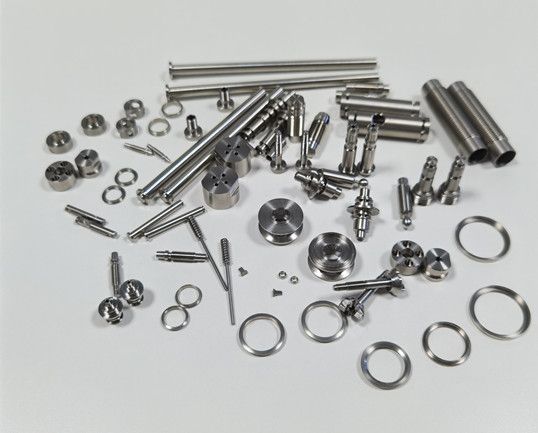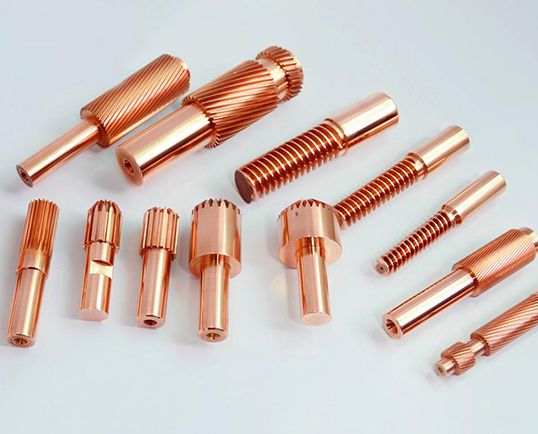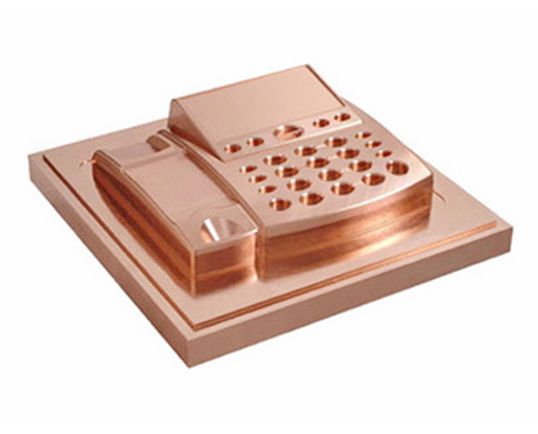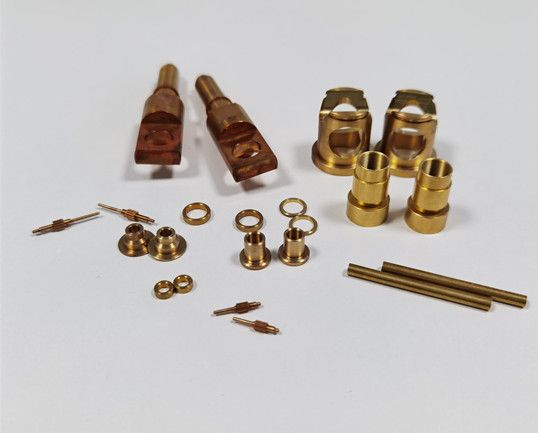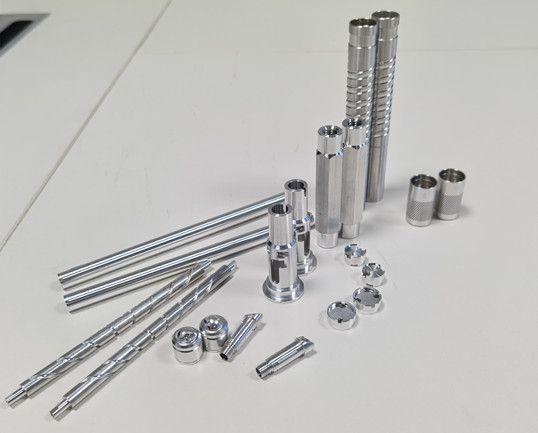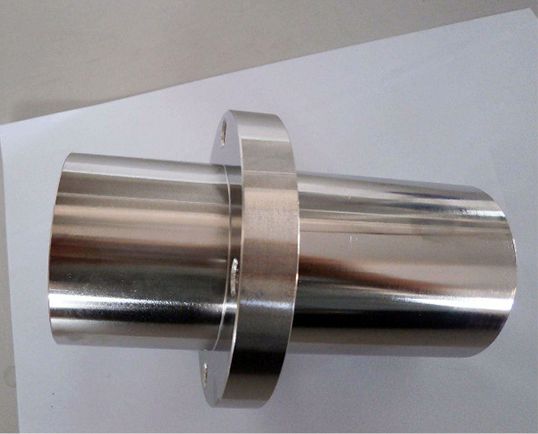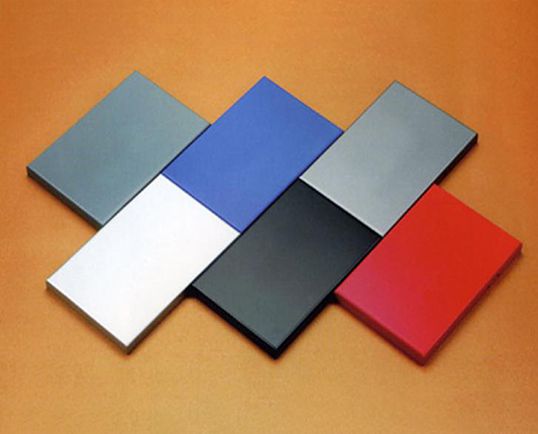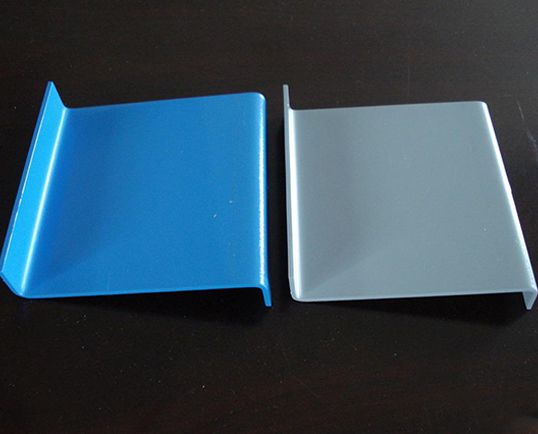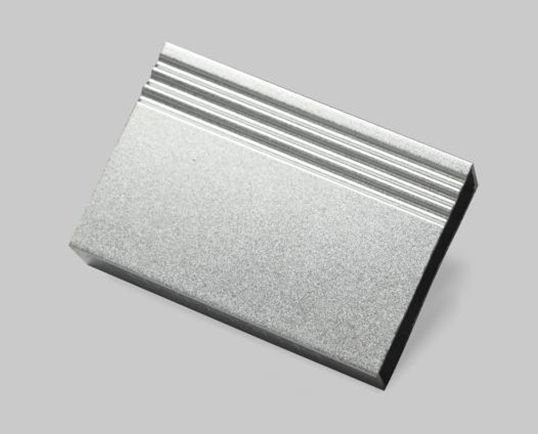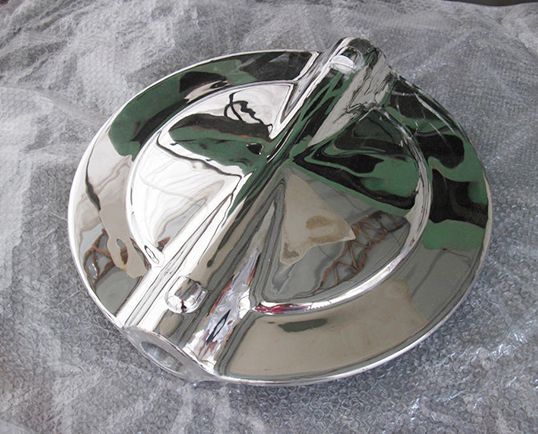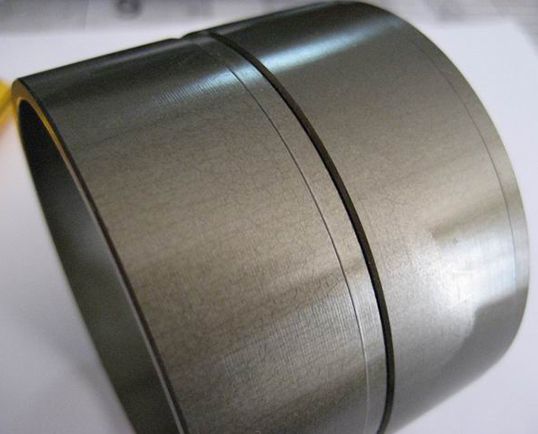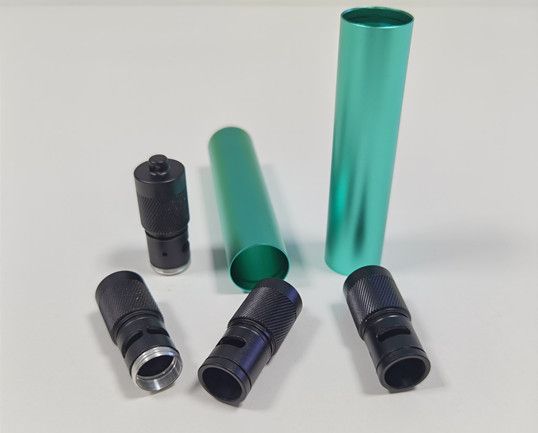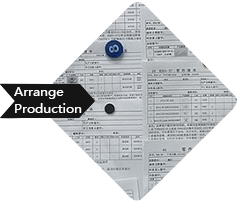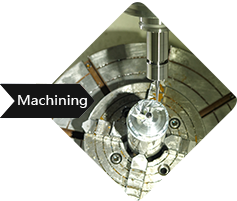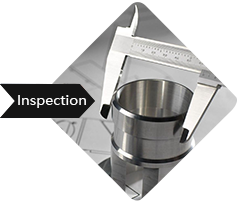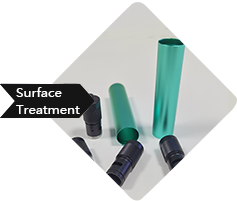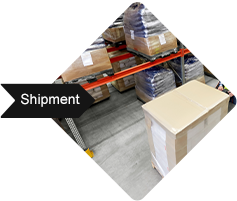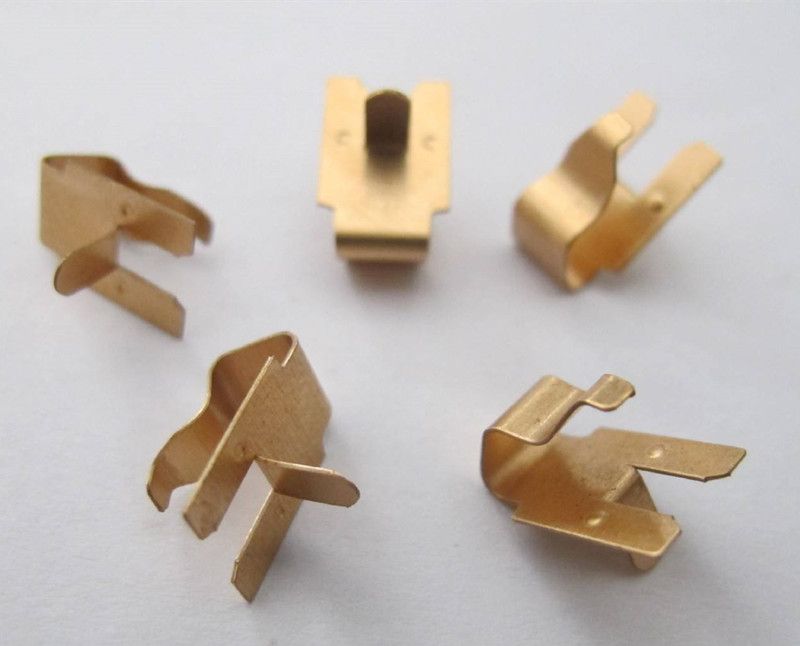-
Service
+
- CNC Precision Machining Service +
- Multi-Axis Simultaneous Machining Service +
- CNC Turning Service +
- Metal 3D Printing Service +
- Rapid Prototyping Service +
- Die Casting Service +
- Sheet Metal Fabrication Service +
-
Finish Serivces
+
- Polishing
- Grinding
- Brushed Finish
- Sand blasting
- Painting
- Powder Painting
- Anodizing
- Hard anodizing Service
- Passivation
- Zinc Plating
- Nickel Plating
- Chrome Plating
- Blackening
- Black Zinc Plating
- Teflon Coating
- Titanium Coating
- DLC Coating
- Laser Marking
- Silk Screen Printing
- Transfer Printing
- Micro Arc Oxidation
- Industries +
- About Us +
- Resource +
- Contact Us
- Quote

-
Service
-
>
-
>
-
>
-
>
-
>
-
>
-
>
-
>
-
- Industries
- About Us
- Resource
- Contact Us
As a one-stop CNC machine shop, we provide welding service for sheet metal and CNC parts. At Kesu Hardware, we focus on one-stop manufacturing for sheet metal fabrication, CNC machining and 3D printing. Professional sheet metal welding services, almost available to all types of metals.
Welding is a popular process in sheet metal fabrication. Currently, we provide sheet metal welding for aluminium, steel, stainless steel, cooper and many other metals. The welding joint and point can be removed or processed till it seems like never welded before.
Upload your 2D & 3D drawings, along with the material, finish, and quantity. Get instant quote now! You can also send RFQ to enquiry@kesugroup.com directly.
Welding Workshop
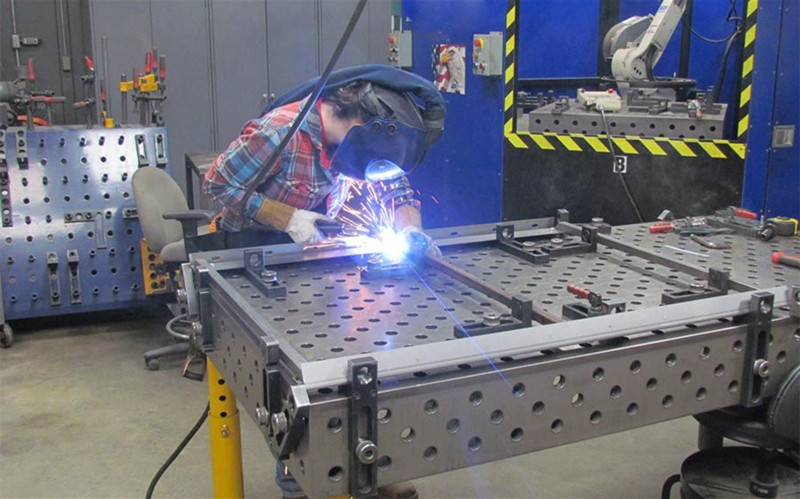
Inspection Equipment
| Equipment | Quantity | Brand |
| CMM | 2 | LEAD |
| 2.5D | 3 | |
| XRF Spectrometer | 1 | HITACHI |
| Altimeter | 1 | |
| Calliper | 20 | |
| Micrometer | 10 |
The tool steel has high hardness, strength, wear resistance, sufficient toughness, and other process properties.
Alloys:
A2, D2, D3...
Finish Options:
A.Polishing, B.Grinding, C.Brushing, D.Sandblasting, E.Painting, F.Powder Painting, H.Hard anodized, I.Passivation, J.Zinc Plating, K.Electroless Nickle Plating, L.Chrome Plating, M.Blacken/ Black Oxide, N.Black & zinc, O.Teflon, P.Titanium Coating, Q.PLC Coating, R.Laser Marking, S.Silk Screen, T.Transfer Printing .
Titanium Alloy is a high strength alloy with great resistance to corrosion and thermal, and it's widely used in the engine components, turbine blades and medical equipment.
Alloys:
Grade 1, Grade 2, Grade 3, Grade 4, Grade 5
Finish Options:
A.Polishing, B.Grinding, C.Brushing, D.Sandblasting, E.Laser Marking, F.Silk Screen, G.Transfer Printing.
Stainless steel is a high strength alloy with high hardness and great resistance to corrsion and rust due to its chrome and carbon content.
Alloys:
201, 303, 304, 316, 410, 420, 17-4PH...
Finish Options:
A.Polishing, B.Grinding , C.Brushing, D.Sandblasting, E.Painting, F.Powder Painting, G.Passivation, H.Zinc Plating, I.Black & zinc, J.Teflon, K.Titanium Coating , L.Laser Marking , M.Silk Screen , N.Transfer Printing .
Copper has excelent electricity and thermal conductivity, which is widely used in electrical applications.
Alloy:
T1、T2、T3、TU1、TU2b
Finish Options:
A.Polishing, B.Grinding, C.Brushing, D.Laser Marking, E.Silk Screen, F.Transfer Printing.
Bronze is a high strength alloy with good wear and corrosion resistance due to its tin, iron, and zinc content. Normally, the tin content is range from 3%-14%.
Alloy:
QSn-6-6-3
Finish Options:
A.Polishing, B.Grinding, C.Brushing, D.Laser Marking, E.Silk Screen, F.Transfer Printing.
Brass is a free machining metal, and it is commonly used for a variety of parts including gears, lock components, pipe fittings, and ornamental applications.
Alloy:
Brass-H59, Brass-H62, Brass-H59, Brass-H62, Brass-HA177-2, Brass-HMn58-2, Brass-HPb59-1, Brass-HSn62-1...
Finish Options:
A.Polishing, B.Grinding, C.Brushing, D.Laser Marking, E.Silk Screen, F.Transfer Printing.
Aluminum is one of the most commonly used metals in machining, as it has excellent strength-to-weight ratio, low cost, and recyclability.
Alloys:
AL5052-T651, AL6061-T651, AL 7075-T651, AL6082-T651...
Finish Options:
A.Polishing, B.Grinding, C.Brushing, D.Sandblasting, E.Painting, F.Powder Painting, G.Anodizing , H.Hard anodized, I.Teflon Coating, J.Laser Marking, K.Silk Screen, L.Transfer Printing.
Applicable Material
Aluminium, Steel, Stainless Steel,Brass, Bronze, Copper, Titanium, Magnesium, ABS, HDPE, Nylon, PC, POM, PMMA, PTFE
| Tolerance for Metal Parts | |
| ISO 2768-F | |
| Table 1 - Linear Dimensions | |
| Permissible deviations in mm for ranges in nominal lengths | Tolerance Class Designation (Description) |
| f (fine) | |
| 0.5 up to 3 | ±0.05 |
| over 3 up to 6 | ±0.05 |
| over 6 up to 30 | ±0.1 |
| over 30 up to 120 | ±0.15 |
| over 120 up to 400 | ±0.2 |
| over 400 up to 1000 | ±0.3 |
| over 1000 up to 2000 | ±0.5 |
| over 2000 up to 4000 | – |
| For nominal sizes below 0.5 mm, the deviations shall be indicated adjacent to the relevant nominal size(s). | |
Welding, is a manufacturing process or technology which joins metals or other thermoplastic materials like plastics by heating, high temperature, or high pressure.
Welding is a process in which two or more materials the same or dissimilar, joined together through the bonding and diffusion of atoms or molecules.
The method which promote bonding and diffusion between atoms and molecules is heating or pressing, or heating and pressing at the same time.
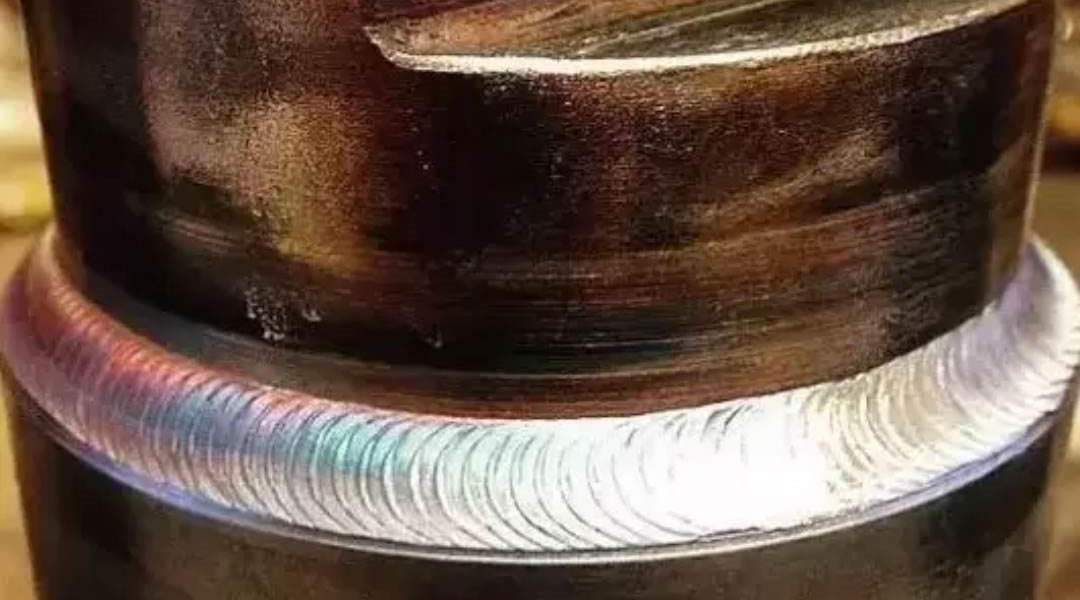
Welding method
Welding technology is mainly applied to metal base materials. The most commonly used welding technologies are arc welding, argon arc welding, CO2 shielded welding, oxygen-acetylene welding, laser welding, electroslag pressure welding, etc. And non-metallic materials such as plastics can also be welded. There are more than 40 metal welding methods, which are mainly divided into three categories: fusion welding, pressure welding and brazing.
1. Fusion welding——Heating the workpiece till partially melting and forming a molten pool. The workpiece will be joined after the molten pool cooled and solidified. If necessary, a filler can be added to assist the welding. It is suitable to weld various metals and alloys, no requirement for pressure.
2. Pressure welding ——The welding process must put pressure to the weldment, which available for various metal materials and some non-metal materials.
3. Brazing——Adapting a metal material which melting point is lower than the base material as the brazing filler metal, then wet the base metal by the liquid brazing filler metal, and fill the joint gap, at last mutually diffuse with the base metal to realize the connection of the weldment. Brazing is suitable for various materials, as well as different metals or dissimilar materials.
The joint, which connects the two connected bodies formed during welding, is called a weld. Both sides of the weld will be subjected to welding heat during welding, and the structure and performance will be changed. This area is called the heat-affected zone. Due to the difference of the workpiece material, welding material, welding current during welding, some bad effect may occur in the weld and heat-affected zone after welding. Such as overheating, embrittling, hardening or softening, which will also reduce the performance of the weldment and deteriorates the weldability. In this situation the welding condition need be adjusted. For example, preheating the joints of the weldment before welding, preserving heat during welding and heat treatment after welding, all those actions can improve the welding quality of the weldment.
Welding Symbols
